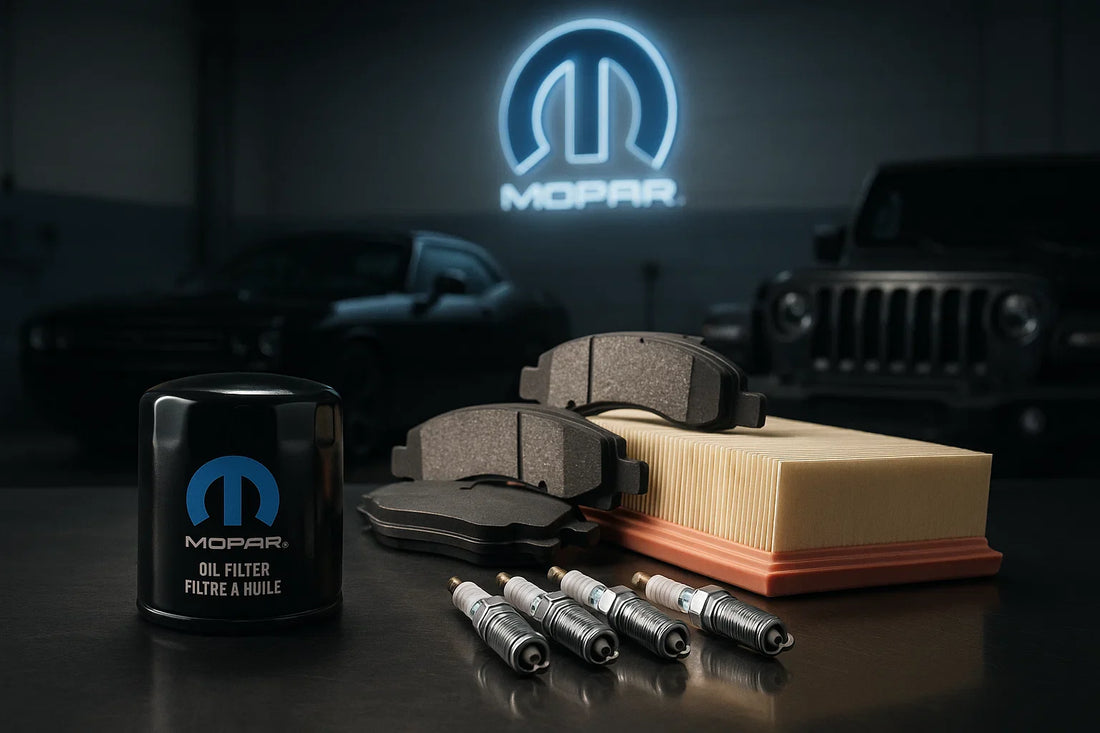
Mopar: More Than Just Parts — The Backbone of Chrysler, Dodge, Jeep, and Ram
Share
The Origin of “Mopar”
The term “Mopar” was coined in 1937 as an abbreviation of Motor Parts. Its first product wasn’t a part at all — it was a can of antifreeze. As Chrysler Corporation expanded, Mopar grew into the exclusive provider of OEM (Original Equipment Manufacturer) components for all Chrysler brands.
Today, Mopar covers:
-
Over 500,000 genuine parts and accessories for Chrysler, Dodge, Jeep, Ram, and Fiat vehicles.
-
Global logistics — Mopar distributes parts to 150+ markets worldwide.
-
Tech support and training for dealership service teams.
What Sets Mopar Apart?
Unlike aftermarket companies that design “one size fits most” parts, Mopar engineers work directly with the same teams who design the vehicles. This ensures:
-
Exact Fitment: Parts are built from the same blueprints as factory originals.
-
Integrated Engineering: Brake pads, filters, and even fluids are tested for the exact tolerances of Chrysler engines and drivetrains.
-
Longevity: Mopar parts undergo durability cycles that often exceed OEM minimum standards, ensuring they last as long as the factory originals.
Mopar Performance: From the Street to the Track
Enthusiasts also know Mopar for its performance division. In the muscle-car era, Mopar produced legendary engines like the 426 HEMI and 440 Six Pack. Today, Mopar continues that tradition with:
-
Crate engines for classic restorations and racing.
-
Performance exhaust systems tuned for Dodge Challenger and Charger models.
-
Off-road accessories for Jeep Wrangler and Gladiator, including lift kits, beadlock wheels, and skid plates tested in real-world trails like Moab.
This dual focus — parts for everyday reliability and upgrades for enthusiasts — keeps Mopar relevant across generations of drivers.
Why OEM Matters in Daily Driving
A common debate among car owners is whether to buy cheaper aftermarket parts or stick with Mopar OEM. While aftermarket parts may cost less upfront, they can introduce risks:
-
Warranty Concerns: Non-OEM parts can sometimes void warranty claims.
-
Fit & Finish Issues: Aftermarket filters or brake pads may not align perfectly, leading to premature wear.
-
Resale Value: Cars maintained with OEM parts often retain higher resale value.
For a Ram 2500 hauling heavy loads, or a Jeep Wrangler tackling trails, sticking with Mopar OEM ensures the vehicle performs exactly as engineers intended.
The Future of Mopar
With the automotive world shifting toward EVs and hybrid technology, Mopar is adapting quickly. Stellantis (the parent company of Chrysler, Dodge, Jeep, and Ram) has tasked Mopar with developing:
-
Battery service and replacement systems for upcoming EV models.
-
High-voltage tools and training for certified technicians.
-
Digital ownership tools like the Mopar Owner’s App, which helps schedule service, track maintenance, and even order parts directly.
Final Word
Mopar isn’t just another parts supplier — it’s an extension of the automakers themselves. Whether you’re doing a simple oil change on a Chrysler Pacifica, a brake job on a Dodge Charger, or upgrading your Jeep Wrangler for off-road adventures, Mopar delivers the parts, engineering, and trust that only the original manufacturer can provide.
For drivers and mechanics alike, Mopar remains the gold standard of OEM reliability and performance heritage.
